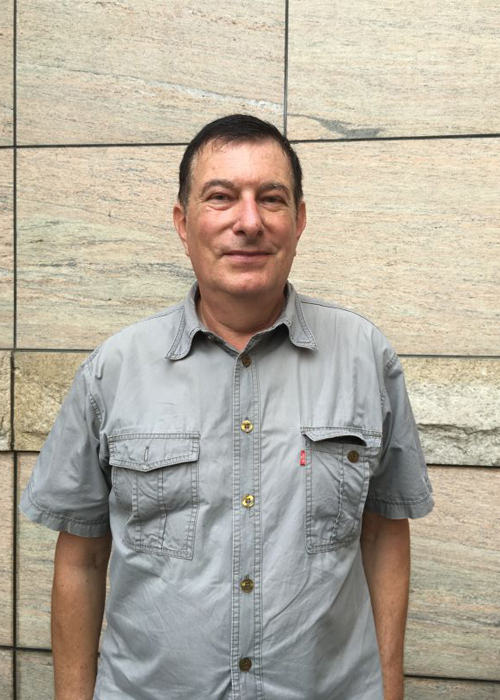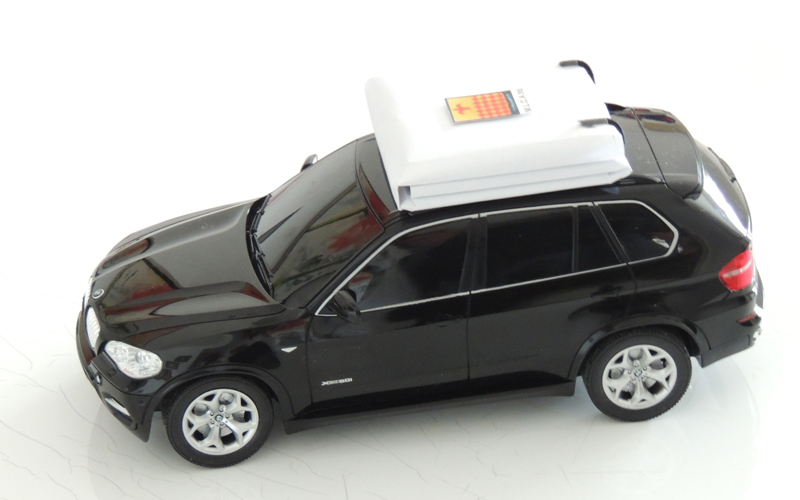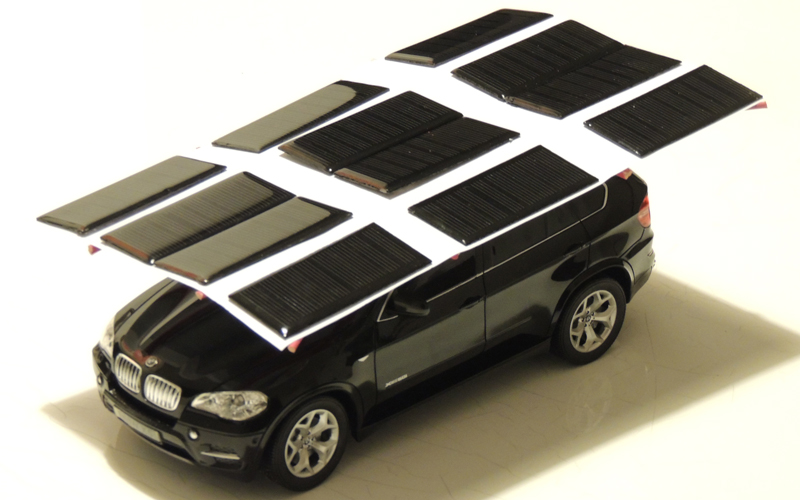Man sees future of solar-powered cars unfolding
Writer: | Editor: Betty Ye | From: | Updated: 2016-05-02

In a coffee shop in Nanshan District, Marco Loglio takes a model car out of his handbag and puts a sample solar panel on the model car’s roof. It’s a simple demonstration of an idea Loglio believes may shape the future of electric vehicles (EVs).
“Everywhere you park the car in an open space, the solar panel will charge your car for free without using other energy,” he said. Loglio sees EV drivers using foldable, removable solar panels.
The 61-year-old Italian man is the CEO of a Hong Kong-based engineering consulting company. He has worked in the EV industry for three decades and lived in Shenzhen for 15 years.
According to Loglio, parking a car under the sun for 10 hours will allow a 10-square-meter solar panel — about the size of a normal parking space — to generate enough electricity for the car to travel 100 kilometers.

“This will surely be the future of electric vehicles,” Loglio said, adding that in Shenzhen there are many companies making EVs and developing solar power, but the two technologies haven’t been combined.
Using solar power instead of charging electric cars at charging stations would also be better for the environment, Loglio said.
“The electric vehicle itself is green, but to charge the electric vehicle we need to use some energy made from coal and [cause pollution],” Loglio said.

A model car with an unfolded solar panel sample on its top.
Loglio is looking for investment and engineers.
“China is at the forefront of the green technology,” Loglio said. He believes solar-powered vehicles will become essential in China.
Loglio said Shenzhen is the best place to break new ground for solar cars, as the city has a number of companies producing batteries, electric cars and solar panels. He estimated that the cost of a light and foldable solar panel would be around US$2,000. “Now it’s only an idea,” said Loglio. “But there are very serious studies behind this idea.”